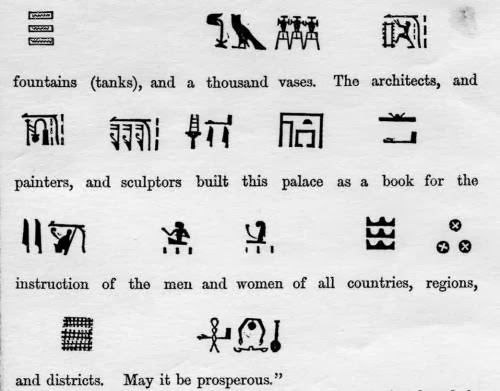http://www.un.org/
Most of us have heard of the United Nations, but what exactly is it, and what does it do?
Here is a map of where the UN sits:
This is the island of Manhattan. The UN is on the bottom coast in this picture. It faces the East River. You can see the rectangular building on a patch of green about in the bottom middle of the picture, with Central Park to the north of it and the Statue of Liberty to the south (on Ellis Island). Across from the Statue of Liberty is the World Trade Center. Towards the middle of this picture, the tall building is the Empire State Building.
The United Nations was founded in 1945 following World War II. Its goal was to avoid another world war. In the beginning, it included 51 countries, but today there are 192 countries represented. It is sort of like a 'World Parliament' in that the members meet to discuss world issues and vote when they feel a resolution needs to be passed. Each country gets 1 vote regardless of its size or wealth.
The United Nations, although headquartered in New York City, is considered to be on international ground; that is, it doesn't belong to the United States.
Here is a link to the countries who participate in the United Nations:
http://www.un.org/en/members/index.shtml
What's the purpose of the UN?
- Peace-Keeping
- Sustainable development/care for the earth's ecology
- Protection of refugees
- Education
- Human Rights, including children, women, and racial equality
- Programs for Youth
Read about the problem of child soldiers: http://cyberschoolbus.un.org/childsoldiers/webquest/
General Assembly of the United Nations
****Donate rice simply by answering questions---it's easy---when you answer correctly, you will see the amount of rice increase in the bowl on your right. You can change categories of questions at the top right corner: http://freerice.com/#/english-vocabulary/1417 *****
There are ongoing exhibits to see at the UN. Here is a link to what is on exhibit now:
Here is a video tour of the UN:http://www.bing.com/videos/search?q=tour%20the%20UN&FORM=BVLH1#view=detail&mid=06A6D55625C1A25D64A306A6D55625C1A25D64A3
Here is another look at the knotted gun sculpture outside the building: The sculpture was created by Swedish artist Carl Reutersward and was inspired by the death of his friend, John Lennon. It was given to the UN by Luxembourg in 1988. What do you think this sculpture means?
There is also a Japanese Peace Bell on the grounds of the UN. It was created using melted coins from 60 countries. it is only rung twice each year, on the 1st day of Spring and on the opening day of the UN General Assembly. It is protected by a traditional Japanese shrine.
Would you like to see a live feed of what's happening right now at the UN?? Click here:
http://webtv.un.org/
Careers at the UN
Here are just a few examples of those who have careers at the UN:
Translators and Interpreters
Tour Guides
Security
Administrative and Clerical
Technical and Computer Professionals
Fund-raising
Travel organizers/Hospitality
Here is a link to careers available at the UN, as well as stories of people who currently work there:
https://careers.un.org/lbw/Home.aspx
Investigate an internship at the UN here:
Did You Know.....?
- The symbol for the UN is the world with olive branches embracing it. Olive branches are a universal symbol of peace.
- The UN has its own post office and its own stamp-you must mail your item from the UN to use the stamp.
- The UN has its own flag.
- The UN also has its own security force and fire department.
- The UN Visitors Centre has a Facebook page:


































